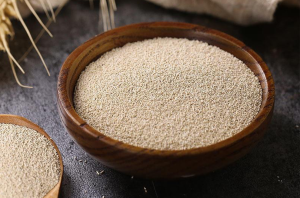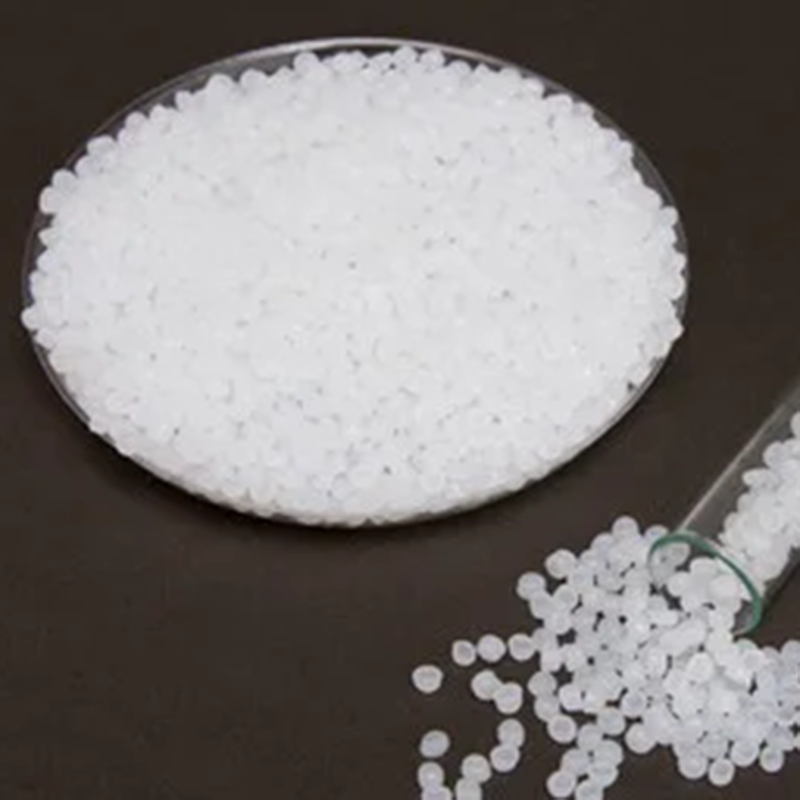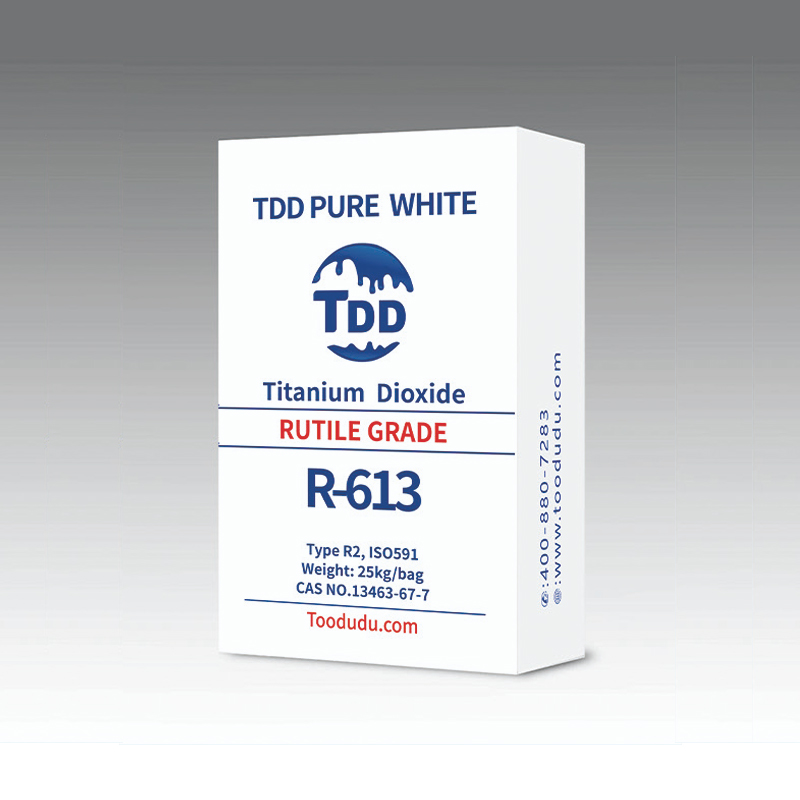Baking powder is a compound additive mainly used in the production of flour products and puffed foods. Baking powder contains a variety of substances, the main components of which are sodium bicarbonate and tartaric acid. Usually a compound of carbonate and solid acid. When carbonates come into contact with water and acids, they break down into a variety of substances. During this process, a high is released, but no flavor is produced. Therefore, the taste of the product is inconvenient.

Fermentation #
There are generally three fermentation methods for making fermented dough: old yeast, fresh yeast, and baking powder. Fresh yeast and baking powder are commonly used in households. Pay careful attention to the aluminum content in baking powder. Aluminum content in food exceeding national standards can cause harm to the human body.
Yeast and baking powder both have the function of fermentation, but they are essentially different.
Yeast is a pure biological leavening agent, an active microorganism, which will not cause any harm to the human body; while chemical baking powder is a chemical leavening agent, generally referring to baking soda (sodium bicarbonate), stink powder (ammonium bicarbonate), alum ( Potassium aluminum sulfate or potassium aluminum sulfate, SAS), baking powder (baking powder) and other substances.
Classification #
chemical leavening agent #
baking powder #
1. Baking soda ( sodium bicarbonate ,): Under the action of acidic substances contained in food , baking soda can be decomposed into sodium ions , water and carbon dioxide gas, the latter of which can fluff food. However, the reaction of baking soda to release gas requires the presence of acidic substances and is completed in a very short time. The initiation of the reaction is difficult to control. If the dosage is too large, it will produce a bitter or astringent taste . For these reasons, baking soda is rarely used as a leavening agent alone, and is generally used as one of the components of a compound leavening agent.
2. Stinky powder ( ammonium bicarbonate ): Stinky powder is generally used when a large amount of gas needs to be generated quickly. Stinky powder will decompose into water, ammonia and carbon dioxide gas when heated or under acidic conditions . Due to the rapid release, very little ammonia gas remains in the finished product, and there will be no ammonia smell in the finished product. Since stink powder easily decomposes and releases ammonia gas (this is where the name of stink powder comes from) and loses its effect, it is difficult to store and is generally rarely used in households. Stinky powder is used when baking peach cakes or certain biscuits.
3. Alum (potassium aluminum sulfate or potassium aluminum sulfate, SAS): Commonly used alum is actually an acidic mixture, which releases gas when it interacts with food’s inherent or added ingredients such as baking soda, which has a fluffy effect. It is generally also an acid component used as a compound fluffing agent. The characteristic is that it can react quickly at high temperatures . A common example is for frying fried dough sticks
baking powde #
1. Baking powder: It is a compound leavening agent, and there are many different types. Generally, solid alkali and acid powders are mixed . They do not contact or react under dry conditions. Once they come into contact with water, they will dissolve and contact, and the reaction will release gas. Solid alkali powder is commonly used in baking soda, and solid acid powder includes tartar ( tartar) and phosphate (phosphate, such as calcium phosphate and sodium pyrophosphate ). Their reaction speeds are very fast; in addition, alum (SAS) is used. ) as a solid acid, the reaction rate is much slower, but very fast at high temperatures. Alum is commonly found in Double-acting (DA) baking powders. Double effect means that after mixing water and flour, baking soda first reacts with a fast solid acid (such as cream of tartar) to release the first batch of gas. At this time, alum and baking soda basically do not react, but when heated, alum When heated with baking soda, a second batch of gas is released, which is called double-acting. Commonly seen on the market is double active baking powder. Some self-raising flours also have baking powder already mixed into them and need to be baked quickly after adding water. Because baking powder is easy to store and easy to control, it has become the most commonly used leavening agent and is used in most Western-style pastries.
2. Dangers of chemical leavening agents :
Since the reaction products of baking soda and stink powder ( carbon dioxide , ammonia) are also products of human metabolism, as long as they are not used excessively, they will not cause obvious health problems , but they will destroy certain nutrients in food such as vitamins. And both alum and baking powder contain aluminum. Many international reports have pointed out that aluminum is closely related to Alzheimer’s disease . It also reduces memory, suppresses immune function , and hinders nerve conduction . Moreover, aluminum is excreted very slowly from the human body. The amount of alum and baking powder in food should be strictly controlled. Use and try to eat less aluminum-containing foods.
biological leavening agent #
Yeast is a unicellular facultative anaerobic eukaryotic microorganism. After being added to the dough, it can produce carbon dioxide gas through its own metabolism to achieve the purpose of fluffiness. This process is often called fermentation. In the past, old noodles were often fermented, mainly relying on wild yeast and some miscellaneous bacteria. Dough usually contains organic acids, which give it a sour taste. Baking soda needs to be added to neutralize the sour taste. Bacterial metabolites and added baking soda may introduce harmful ingredients or destroy nutrients.
The active yeast commonly used in modern times has high purity and rarely produces acidic substances. At the same time, yeast itself is composed of protein and carbohydrates, and is rich in B vitamins and other trace elements such as calcium and iron, and is rich in nutrients. value. Yeast acts as a leavening agent for pasta and requires sufficient time and temperature to produce carbon dioxide.
Obviously, yeast is a beneficial biological leavening agent that has no negative impact on the human body and can provide nutrients and vitamins that humans need but lack. is the most ideal fermentation method. It is essentially different from chemical baking powder. Simply put, yeast is not chemical baking powder!

 2024-03-10
2024-03-10 



